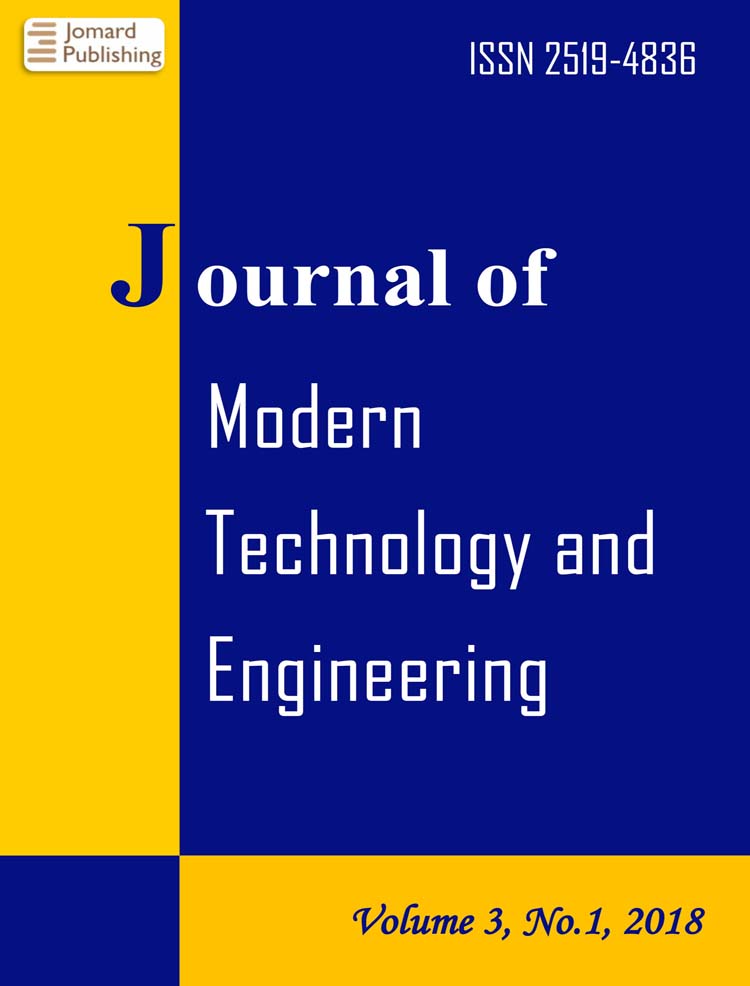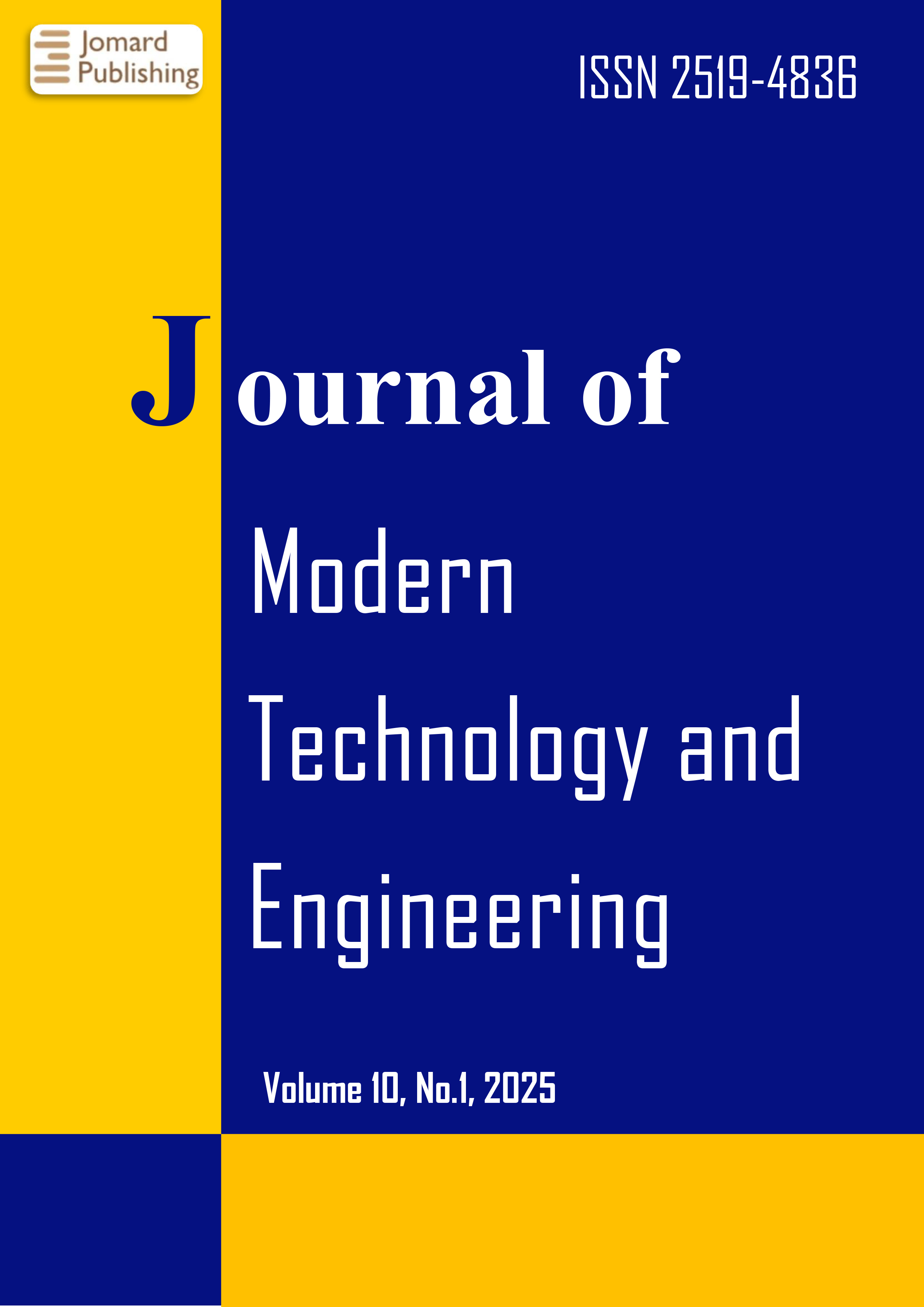Retrieval-Augmented Generation: Architecture, Techniques, and Evaluations
- Published: 05-05-2025
Share
Retrieval-Augmented Generation (RAG) is an innovative approach that enables large language models to produce more accurate and up-to-date texts by being augmented with external information sources. RAG models operate by combining information retrieval and text generation modules. The information retrieval module extracts the required data from external sources, while the text generation module uses this information to produce a response. The architecture of RAG, along with the roles of information retrieval techniques, embedded re-presentation methods, and vector databases, is explored in detail in the paper. Strategies for context enrichment with large language models, memory mechanisms, and information synthesis processes are discussed, along with the optimization of RAG systems. Techniques employed to enhance the accuracy and consistency of text generation, evaluation metrics, and the challenges encountered in developing RAG-based systems are also addressed. The paper comprehensively presents the prospects and potential areas of development for RAG in artificial intelligence and natural language processing.
- View 903
- Downloads 2341
- Saveds 0
- Citations (Crossref) 0

